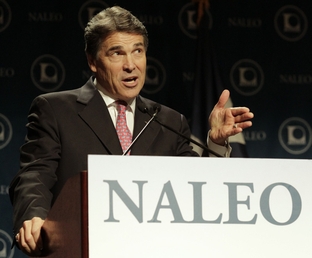
NOT THIS YEAR!
No oohs and aahs this Independence Day holiday in many Texas communities as months of severe drought have led to restrictions on fireworks across much of the state.
Not only are dozens of counties imposing restrictions on small pyrotechnics like firecrackers and bottle rockets, (even sparklers in some places), but cities like Austin, San Antonio, Amarillo, Lubbock, San Marcos, The Woodlands, Magnolia, Tomball, Rosenberg, Plainview, and Round Rock – to name a few – have canceled municipal Fourth of July displays because of the tinderbox conditions.
In Lubbock, temperatures remain in the triple digits without any sign of relief and wildfires this spring have already reached into the city limits and destroyed three homes. Months without significant rain have left grasslands brown and dry, looking like the dead of winter (for our readers in the northern climes, Texas has a brown Christmas rather than white).
Canceling the fireworks shows is causing a little bit of a stir in these communities, but it’s an extreme measure in the midst of an “exceptional” drought for the protection of the residents. One errant spark and there could be a major grass fire, as many of these communities have already experienced first hand.
Wildfires have scorched nearly 3.3 million acres of Texas since November, an area larger than the state of Connecticut. Authorities have banned outdoor fires in a record setting 235 of the state’s 254 counties.
Texas is the worst-hit of several states in a band of severe drought that stretches from Arizona to Florida. More than 90% of the state is suffering from “extreme” or “exceptional” drought conditions, according to the U.S. Drought Monitor.
The “exceptional” category — the most severe — covers 72% of the state, according to figures published Thursday. Only a small patch of northeast Texas, from roughly Fort Worth to the Oklahoma state line, has seen anything close to normal rainfall.
The U.S. Department of Agriculture on Wednesday declared disasters in 213 Texas counties due to the drought. The move comes after a loss of pasture, grain and forage crops of more than 30% in the affected district and opens the door to federal support for farmers.
The Texas agricultural extension service estimates that state farmers have suffered $62 million in losses to fires that includes buildings, crops, livestock — and more than 4,100 miles of fences, which can cost $10,000 per mile to build.
In the West Texas oil towns of Midland and Odessa, water is getting to be as valuable as crude oil. Reservoirs managed by the Colorado River Municipal Water District are running dry, forcing the cities to impose new restrictions on water use. The district has cut Midland’s water allocation by 20% this year, and the city’s biggest water source, the O.H. Ivie Reservoir, is projected to run dry by December 2012 unless conditions change drastically
Suffering its worst drought in more than 50 years, the Llano River is perilously close to running dry. It is the sole source of drinking water for Llano, just 75 miles north of Austin. As I drove through the town last weekend, the Llano river was a wide, shallow shining pool on the west side of the bridge where a small dam creates the Llano City Lake, and dry river bed on the east side of the bridge, vividly demonstrating the extend of the drought. Scattered throughout the town were signs posted showing they had moved to Stage 4 water restrictions, which in Llano means no outdoor watering at all – no lawn sprinklers, landscaping, filling of pools, even washing cars. If conditions don’t improve, Llano will more than likely move to Stage 5 restrictions soon. In Stage 5 restrictions, residential customers are limited to half of their normal water consumption and a surcharge is applied to any over usage.
In April, Gov. Rick Perry called on “Texans of all faiths and traditions” to pray for rain. But the state remains parched.
So, throughout the state, this drought has been taking its toll, but as Stephen Colbert decried on his show last week, banning fireworks on the 4th of July is unpatriotic – after all, there’s nothing more American than losing a finger and setting your neighbor’s yard on fire with one bottle rocket.
No fireworks withstanding, hope everyone has a safe and happy 4th of July.
Read Full Post »
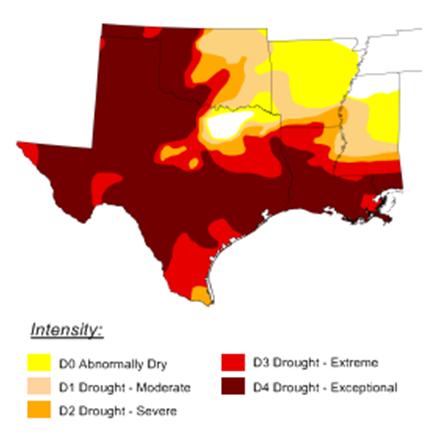 We’ve blogged numerous times about the persistent heat and drought plaguing the Southern Plains (particularly Texas) this year. Much of Texas is off a June that ranks among the top five hottest in history. According to the National Climatic Data Center, Texas had their hottest June on record and of the six record hottest June cities, 5 were in Texas.
We’ve blogged numerous times about the persistent heat and drought plaguing the Southern Plains (particularly Texas) this year. Much of Texas is off a June that ranks among the top five hottest in history. According to the National Climatic Data Center, Texas had their hottest June on record and of the six record hottest June cities, 5 were in Texas.



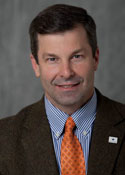
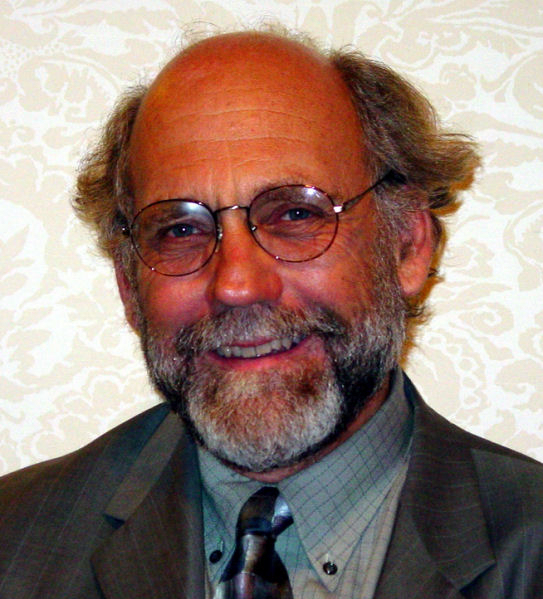

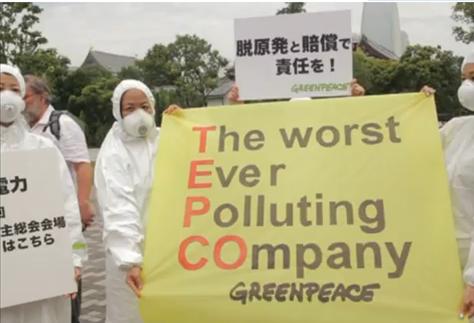
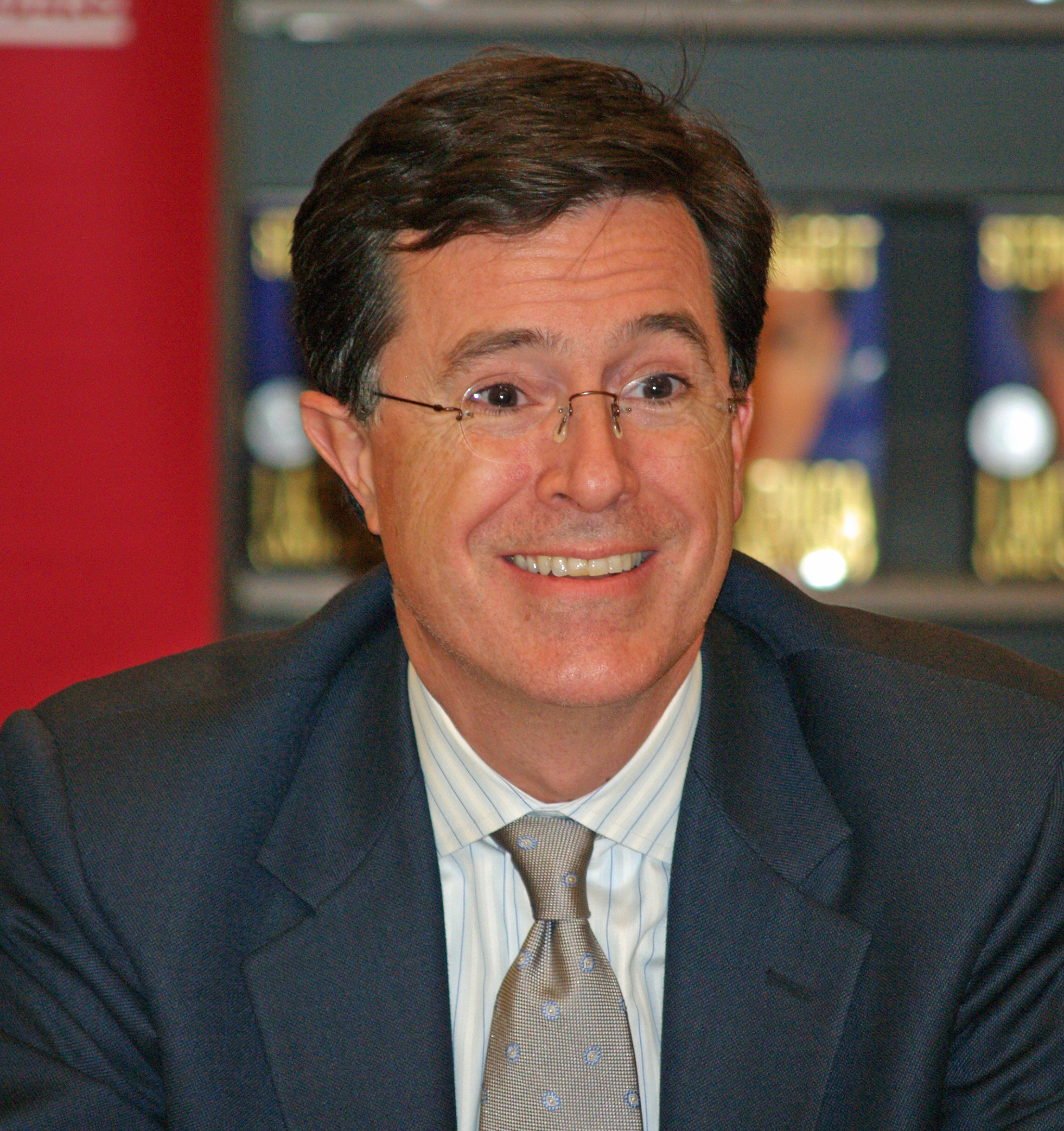 Stephen Colbert and the FEC
Stephen Colbert and the FEC 